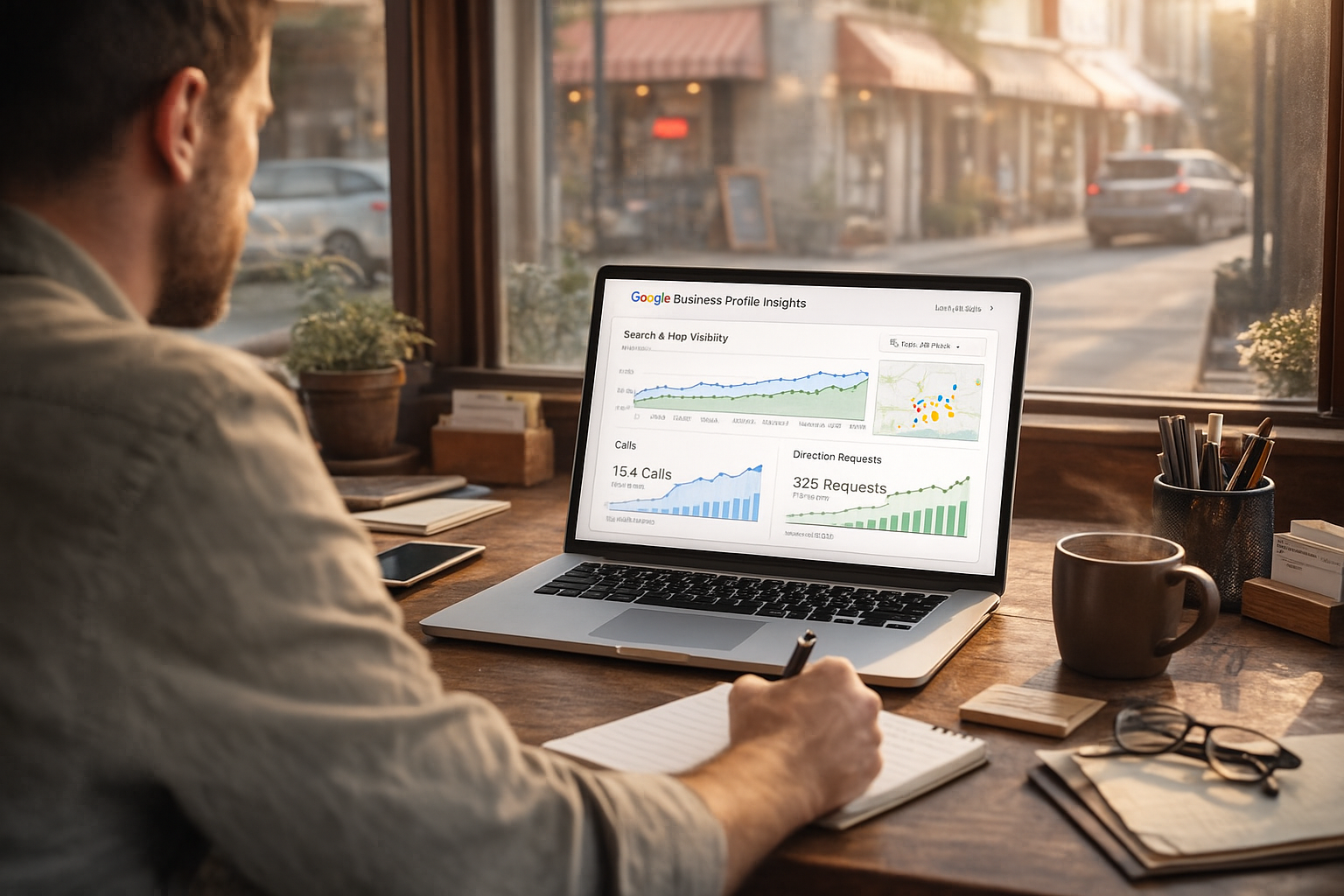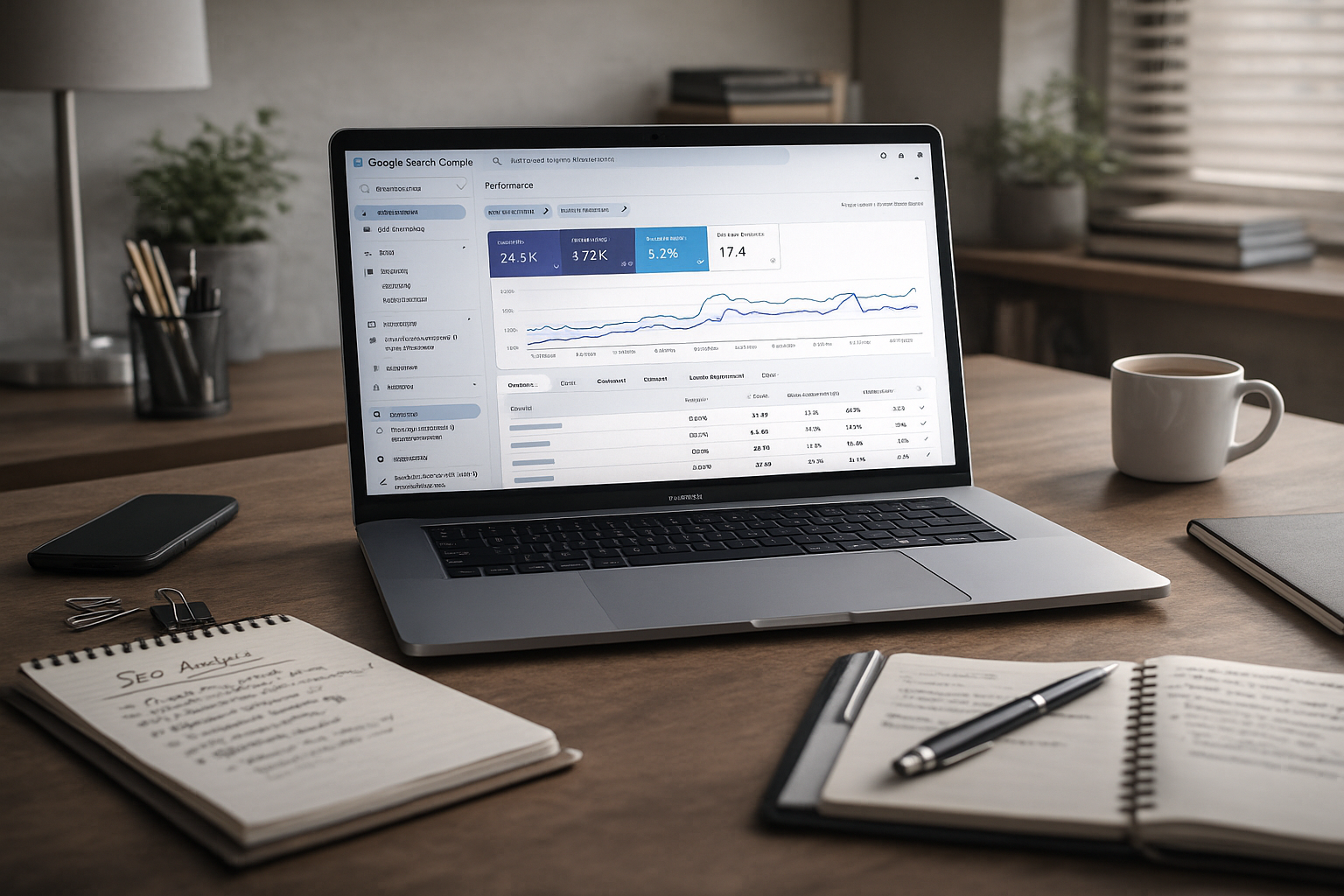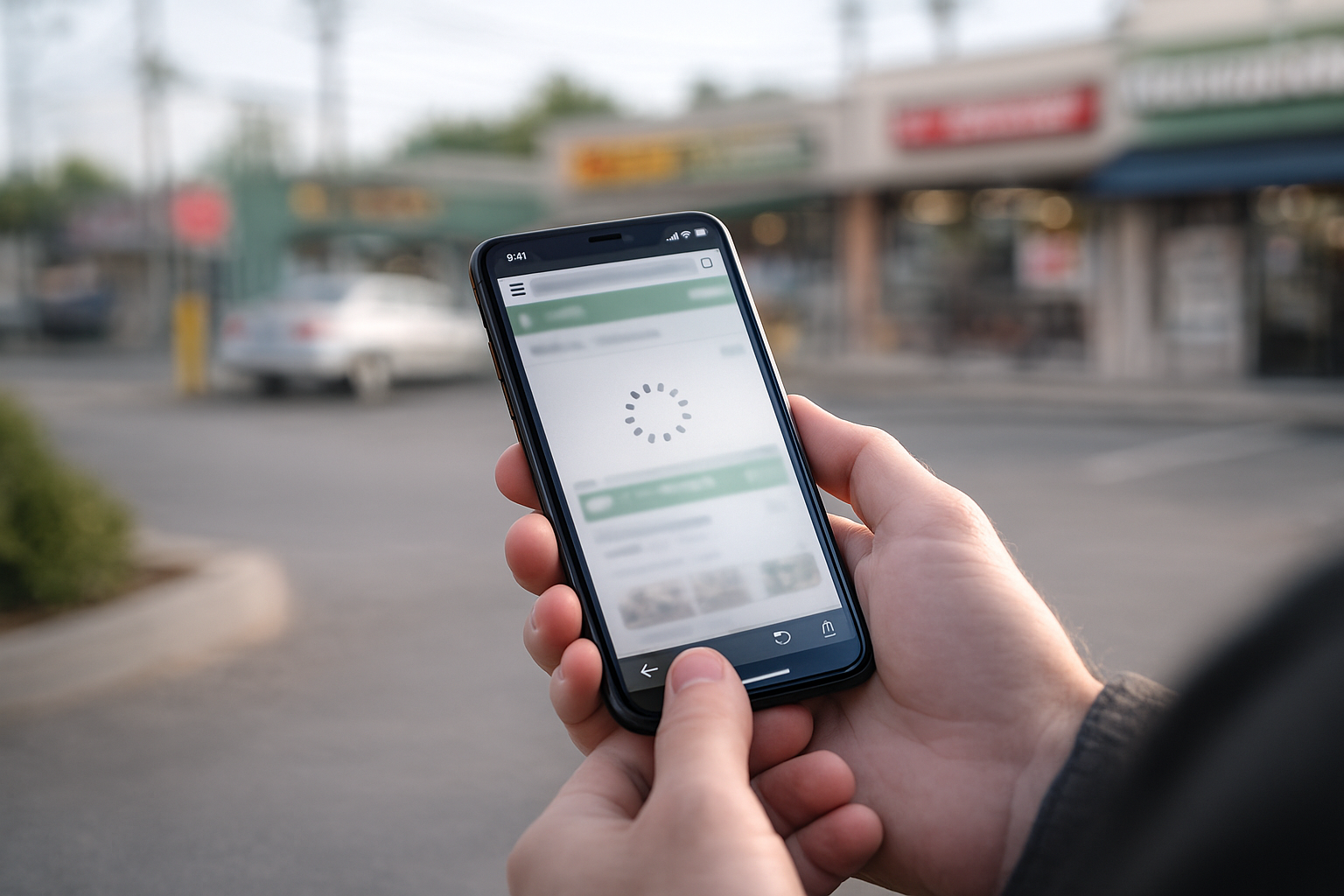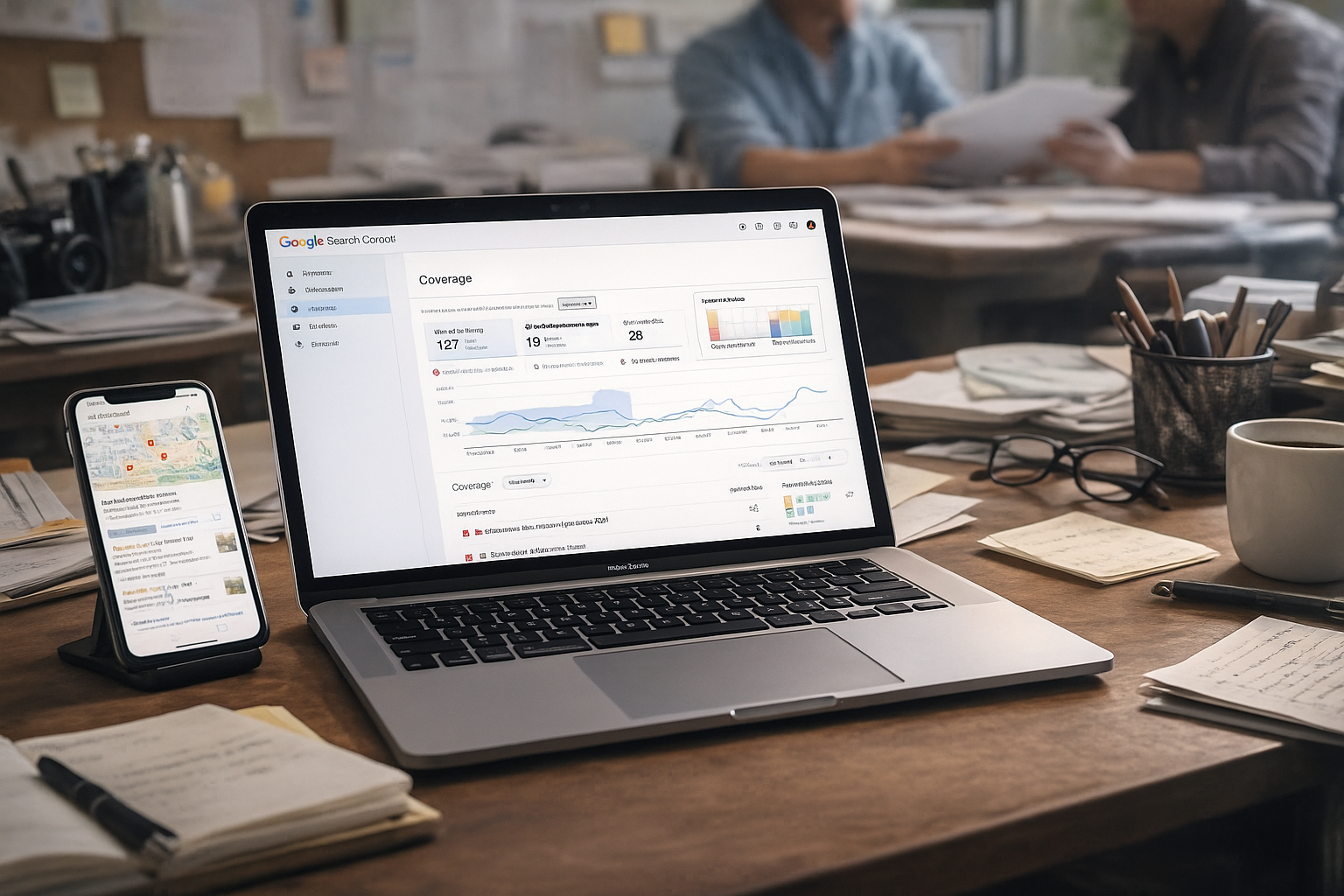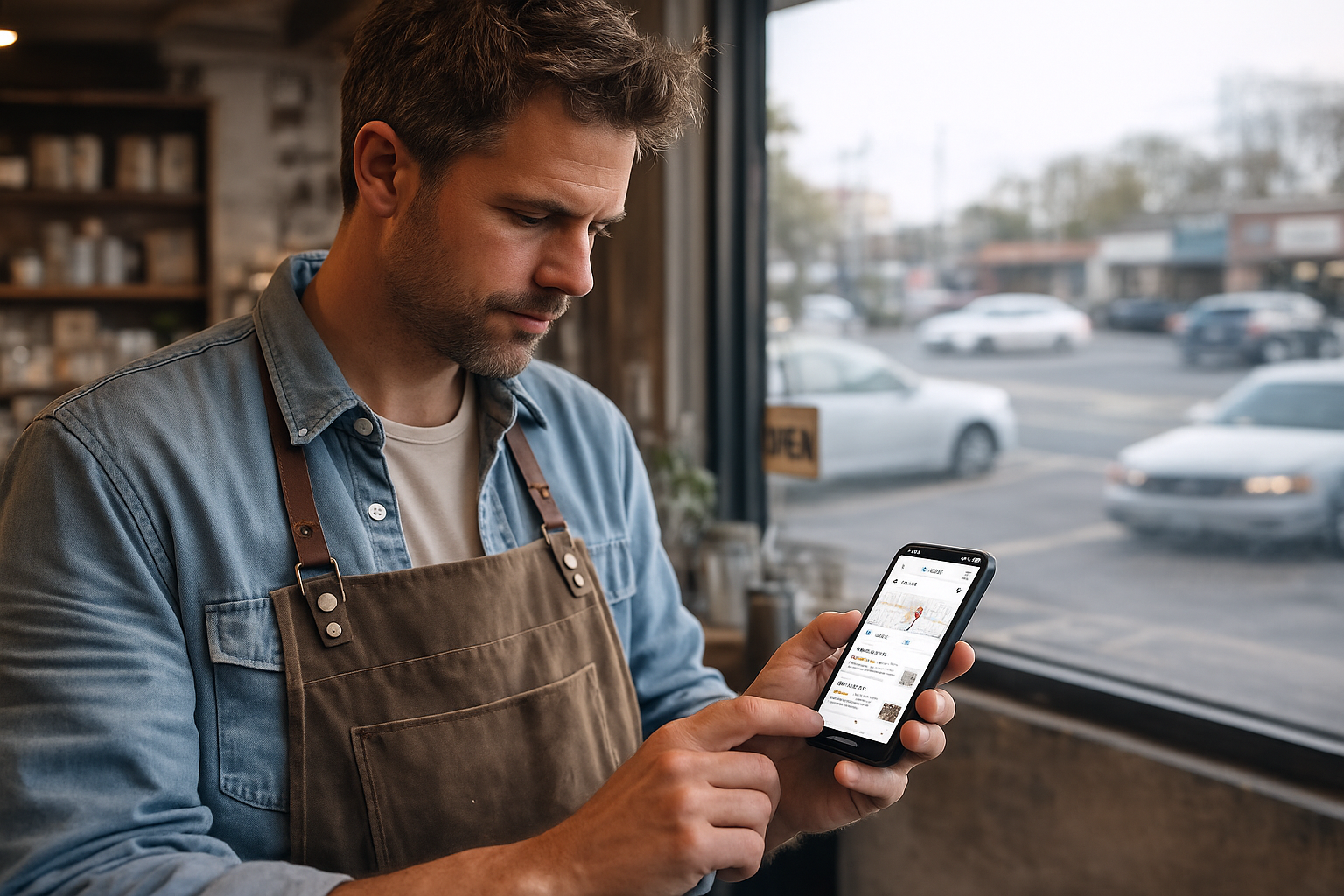How do social signals impact local search rankings?
In today’s digital landscape, having a strong local online presence is essential for small and medium businesses alike. Many businesses focus heavily on on-page SEO, citations, Google Business Profile optimization, reviews, and backlinks — and rightly so. But there’s a more subtle, complementary factor that often gets overlooked: social signals. These include likes, shares, comments, social media mentions, check-ins, and broader social engagement. While social signals may not be a silver bullet on their own, they can play a valuable supporting role in boosting your local search performance.
In this post, we’ll explore how social signals can influence local search rankings, how to harness them effectively, and how they interact with other ranking factors. We’ll go through ten detailed sections covering theory, practice, and strategy, so by the end you’ll have a clear roadmap to integrating social media into your local SEO playbook.
The Nature of Social Signals in SEO
Social signals are measurable interactions on social media platforms — likes, comments, shares, retweets, mentions, reposts, and user engagement around shared content. In the context of SEO, they act as indicators: signals about how people respond to your content, brand, or business. In local SEO, these signals may be layered with geographic and community relevance.
It’s important to understand that search engines like Google have publicly denied that pure social signals (e.g. number of likes) are a direct ranking factor. However, many SEO experts see a strong correlation between robust social presence and higher rankings — which suggests that social signals may exert indirect influence through connected channels (traffic, links, brand authority).
In local search, social signals may carry extra weight, because local relevance and “prominence” (how known your business is in your area) are part of the ranking formula. The more your business is talked about, shared, or engaged within the local community (including on social media), the more “buzz” the search engine might pick up.
Thus: think of social signals as supporting signals that can amplify your core local SEO efforts, rather than as standalone levers you can pull.
How Social Signals Feed Into Local Search Ranking Pillars
To see how social signals might matter in local SEO, we must look at Google's local ranking framework. Three core pillars often cited are relevance, distance, and prominence. Social signals mostly affect the “prominence” component, but can also touch relevance.
- Prominence concerns how “well known” or established your business is online. Backlinks, citations, mentions, reviews, and social chatter all contribute.
- Relevance is how well your business matches the search intent (keywords, categories, services). Strong social media content tied to your niche may help reinforce that.
- Distance is geographical proximity — social signals don’t directly change your address, but local engagement can help tie your presence more tightly to your area.
In practice, a business with stronger social visibility tends to attract more attention, more links, more brand mentions — all of which feed into prominence, and thereby improve chances in local SERPs and the “local pack.”
Moreover, social profiles themselves may show up in search results (for your business name, brand, or queries). Having well-optimized profiles ensures you occupy more real estate on SERPs, which can push down competitors.
The Indirect Mechanisms: Traffic, Links, Visibility
Because search engines don’t generally treat social signals as direct ranking inputs, their influence comes via indirect paths. Here are the major mechanisms:
1. Referral traffic and engagement metrics
When social media drives users into your site, you increase sessions, dwell time, pages per session, etc. If content is compelling, users stay longer, browse more, bounce less — these are positive signals for search engines about content quality. Higher traffic can lead Google to see your pages as more valuable.
2. Increased likelihood of backlinks
Great social content that’s widely shared gets more eyeballs. That raises the odds that someone (a blogger, local website, or news site) will link to your content. Those backlinks are a stronger SEO signal than the original social shares.
3. Brand visibility and online mentions
Even if someone mentions your business without creating a link (an unlinked mention), that still enriches your brand presence. If consistent, it builds brand authority in your niche. As your brand becomes more known, organic search volume for your name and services may rise, which in turn boosts local relevance.
4. Amplifying content reach
Social gives you a megaphone for content you publish (blog posts, resources, local news). The more you can push your content into user feeds, the more chance that one of those paths leads to downstream SEO benefit.
Thus, social signals don’t push ranking directly — they fuel the ecosystem (visibility, traffic, links, mentions) that eventually move the needle.
Local Social Engagement vs Generic Social Reach
One nuance is that local social engagement tends to matter more for local search than generic reach. For example, getting a share from a user or influencer in your city may be more relevant than tens of shares from outside your region. Why? Because local search prioritizes context and geographic trust. A social mention or engagement from within your local area suggests real resonance in your community.
That means your social media strategy should include:
- Interacting with local groups, pages, fragments of neighborhood communities
- Encouraging customers to check in or tag your location
- Running location-based promotions or contests
- Collaborations with local influencers or organizations
- Posting content about local news, events, culture, and business in your vicinity
In effect, social activity that ties your brand into your local community is more likely to send meaningful signals to both users and search engines about your relevance in that locale.
Optimizing Social Profiles for Local Signals
To maximize your social potential for local SEO, your profiles themselves must be well-optimized:
- Ensure
consistent NAP (Name, Address, Phone) across all social platforms, matching your main website and
business listings.
- Use local keywords in bio descriptions, “About” fields, and posts.
- Set or verify location fields and map pins (for platforms that support them).
- Include links to your website, landing pages, and local content.
- Use visuals (images, cover photos) that tie to your local area (city skyline, landmarks).
- Keep profiles active and regularly updated.
- Encourage reviews or testimonials in platforms that support them (e.g. Facebook business pages).
These steps do more than just help users — they help search engines connect your social identity to your real-world business and to your local web presence.
Content Strategy That Synergizes with Local SEO
Your social content should not just be random; it should be strategic and aligned with local SEO goals. Here are best practices:
- Create content about local topics (city events, community stories, neighborhood issues).
- Use local keywords and hashtags (e.g. #YourCity, #Neighborhood, #LocalBusiness).
- Encourage user-generated content: ask customers to post photos, tag your business, share their stories.
- Repurpose your blog content or local resources for social formats (short posts, videos, infographics).
- Use geotagging in posts so posts show up in local newsfeeds or maps.
- Run local promotions or campaigns that incentivize sharing.
- Collaborate with local influencers, chambers of commerce, or community groups.
- Leverage live videos, stories, behind-the-scenes content to humanize your local business.
Each post is an opportunity to plant a local signal — a piece of content that ties your brand to the community, amplifies engagement, and potentially triggers backlinks or mentions.
Measuring Social Signal Impact on Local SEO
If you adopt a social + local strategy, you’ll want to measure performance to adjust. Useful metrics include:
Social metrics
- Likes, shares, comments, retweets, engagement rate
- Reach / impressions
- Follower growth (especially local followers)
- Click-throughs to your website or landing pages
Website metrics tied to social
- Referral traffic from social channels
- Behavior metrics: bounce rate, pages per session, time on page
- Conversion or goal completions originating from social traffic
SEO / Local visibility metrics
- Changes in local search rankings (main keywords, long-tail local queries)
- Changes in local pack appearance (Google Business Profile)
- Organic traffic growth in local landing pages
- Number of local backlinks or mentions that originated via social push
By correlating increases in social activity with upticks in traffic or rankings, you can infer how effective your social signals are in boosting local performance.
Pitfalls and Misconceptions to Avoid
While social signals can help, there are pitfalls and common misconceptions:
- Overestimating direct effect: Google has stated repeatedly that social signals (likes, shares) are not direct ranking factors. Relying solely on social is risky.
- Buying engagement: Artificial likes/shares (bots) offer zero value and may hurt credibility.
- Neglecting quality: High engagement on weak content is not sustainable. Focus first on value, then engagement.
- Ignoring local alignment: If your social following is mostly from outside your service area, the signal is weak for local search.
- Inconsistency: Leaving social profiles dormant or inconsistent NAP can weaken trust.
- Not tracking attribution: If you don’t link social metrics to site performance, you won’t know what’s working.
- Ignoring negative sentiment: Negative comments, poor reviews, or unaddressed criticism harm brand trust more than positive signals help.
- Misaligned messaging: If social content doesn’t match your business niche or keywords, the signal may confuse rather than reinforce.
Being strategic, disciplined, and locally focused helps avoid these traps.
Integrating Social Signals into a Holistic Local SEO Strategy
To get full value from social efforts, integrate them with your broader local SEO and digital marketing activities:
- Synchronize
content calendars between your blog and social channels to reinforce themes and keywords.
- Use social to amplify new pages, promotions, local content, and niche resources.
- Coordinate with your Google Business Profile by posting local updates, linking back to social content, and encouraging reviews through social channels.
- Monitor social mentions and engage online to strengthen reputation and respond quickly to local feedback.
- Use social-driven traffic and engagement to guide internal linking, content improvement, and conversion flow.
- Consider geo-targeted paid social campaigns to boost posts in your key service area.
- Cross-promote in local directories, partner sites, and community forums.
- Periodically audit social and SEO performance side by side to recalibrate priorities.
By aligning social media and local SEO, your efforts reinforce one another: social boosts visibility and engagement, and SEO strengthens your core ranking capacity.
In sum, social signals may not be the strongest lever in local SEO, but they are a meaningful amplifier when used correctly. They operate via indirect mechanisms — traffic, mentions, brand authority, backlink potential — and when anchored in local community engagement, they can help push your business higher in local results. A thoughtful content and social strategy, aligned with your local SEO foundation, gives your brand more wings to soar in your neighborhood search space. Give us a call and
GetPhound now!




